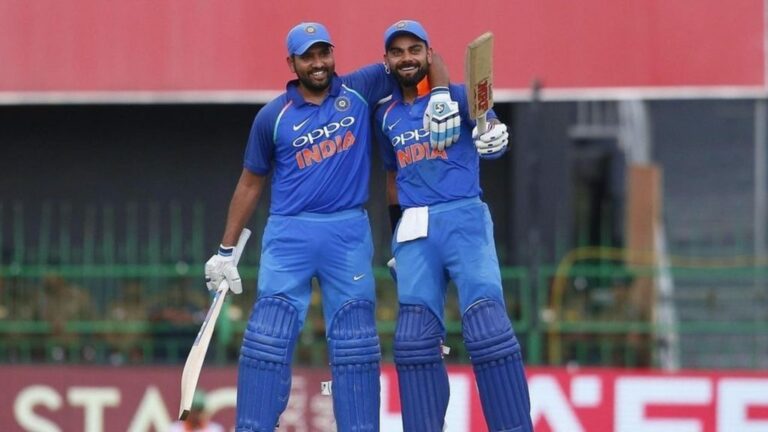Exploring the Role of Analytics in Cricket
99Exch, Gold: In recent years, the landscape of cricket has been revolutionized by the advent of analytics. Gone are the days when players relied solely on their intuition and experience to make crucial decisions on the field. Data-driven insights have now become an integral part of strategizing and player development in cricket. This shift towards analytics has not only enhanced the precision of decision-making but has also provided a deeper understanding of player performance and game dynamics.
The evolution of analytics in cricket can be attributed to advancements in technology and an increased emphasis on statistical analysis. Coaches, players, and analysts now have access to a plethora of data points that can be used to dissect every aspect of the game. From tracking player movements on the field to analyzing the probability of certain outcomes, analytics has opened up a new realm of possibilities in cricket. This data-driven approach has not only improved the performance of individual players but has also helped teams formulate more effective game strategies.
Historical Context of Data Analysis in Cricket
Data analysis in cricket has come a long way since its inception. Initially, cricket statistics were limited to basic records of runs scored and wickets taken. These conventional metrics painted a vague picture of player performance and team strategies. However, as the sport evolved, the need for more insightful data became apparent.
The turning point came with the introduction of more advanced statistical metrics in the late 20th century. Analysts began delving into aspects such as strike rates, economy rates, and player averages to gain a deeper understanding of player dynamics and match outcomes. This shift towards data-driven insights not only revolutionized coaching techniques but also enhanced the overall viewing experience for cricket enthusiasts worldwide.
Key Statistical Metrics Used in Cricket Analytics
When it comes to cricket analytics, there are several key statistical metrics that are crucial in providing valuable insights into player performance and team strategies. Batting average is a fundamental metric that measures the number of runs a player scores per dismissal. It is a key indicator of a batsman’s consistency and ability to score runs consistently over a period of time. Additionally, strike rate is another essential metric that signifies the number of runs scored by a batsman per 100 balls faced, reflecting their ability to score quickly and effectively.
Moreover, bowling average is a significant metric in cricket analytics as it measures the number of runs conceded by a bowler per wicket taken. A low bowling average indicates a bowler’s effectiveness in taking wickets while restricting the opposition from scoring runs. Alongside this, economy rate is a crucial metric that measures the number of runs conceded by a bowler per over bowled, illustrating their ability to maintain pressure on the batsmen and control the flow of runs during a match.







